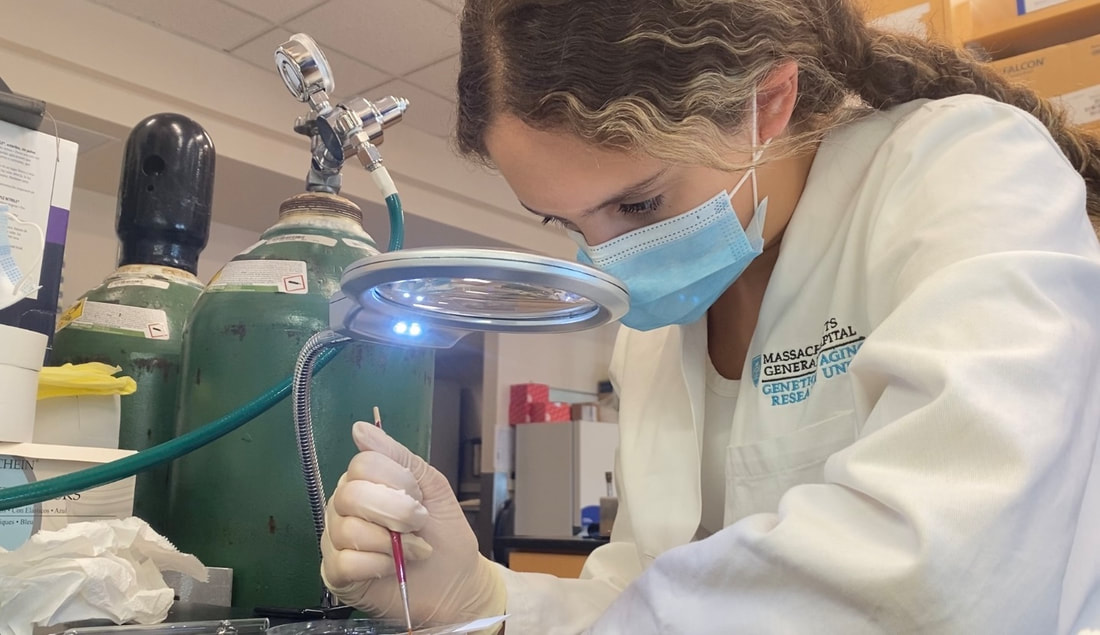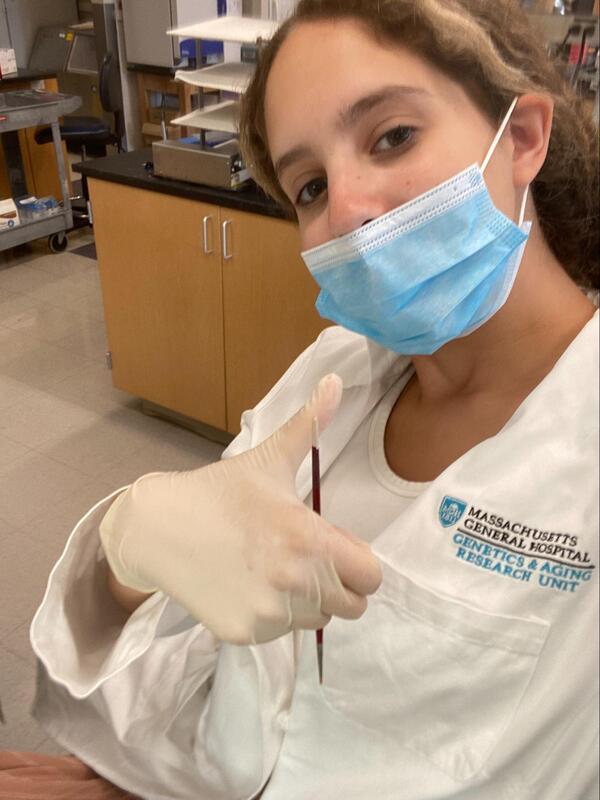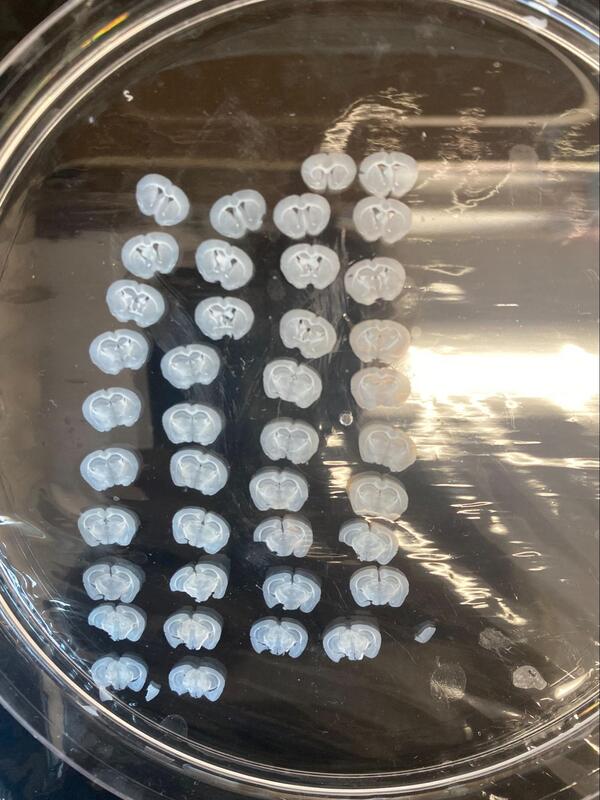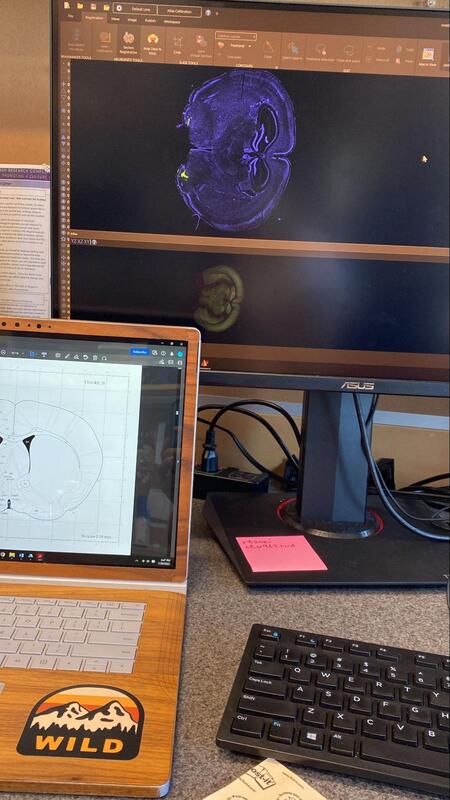|
By Sofia Lombard, Guest Writer Hey everyone! My name is Sofia Lombard, a senior at Clarkstown High School North passionate about science and medicine. This summer, I had the opportunity to intern at Massachusetts General Hospital under the Genetics and Aging Research Unit (GARU), a division dedicated towards searching for an Alzheimer's Disease cure. Let’s take a closer look at the research I’ve been conducting and how it all came to be in the first place… Getting Started:During my sophomore year of high school, I decided to take a Science Research course, a 3 year class dedicated towards developing research skills and eventually, investigating your own topic of interest! I vividly remember frantically searching for ideas, and with the possibilities being endless, worried that I would choose the wrong topic. However, when I came across Alzheimer's, I found myself falling down rabbit holes of articles, constantly searching for more information. I had an innate passion for learning about the disease, and when I accidentally spent hours engrossed within one article, that’s when I knew I had found my topic. Trial and error, and more error:When I told my mentor I had found my topic, he just gave me a blank stare back. I asked what to do next, and the response was simple: “read and write.” So I began doing just that. Reading articles, and writing to the authors, hoping for a response back. 10 months and countless emails later, when I still hadn’t received a single response, I considered giving up and changing my topic to something easier. That’s when the opportunity at Mass General came up. With the invitation to intern at the lab and gain hands-on experience on the research that I’ve been studying, I was thrilled to finally see my hard work go towards something meaningful. The Research:Alzheimer's Disease is a brain condition that can develop in elders, impacting one’s memory, cognition, and ability to perform basic tasks. Overtime, as the brain begins to age, amyloid plaques build up, which triggers immune cells in the brain called microglia to become inflammatory. These changes can lead to widespread neuronal dysfunction, facilitating cell death and neurodegeneration. At Mass General, I was able to work under Dr. Rudolph Tanzi’s lab, Professor of Neurology at Harvard Medical School. In the lab, my research team was focused on removing amyloid plaques from the brain, preventing the progression of the disease from reaching a detrimental point. To do this, we needed to figure out a way to prevent microglia from becoming inflammatory, and instead, in the stage where they remove the excess plaque. And that’s where the project comes into play…
My Involvement: Throughout my time at Mass General, I was trained on a variety of research methods, like creating pipettes, performing ELIZA’S (a way to measure protein levels), slicing brain samples, and learning brain histology. However one of my favorite parts was observing the surgeries. Although I wasn’t allowed to directly handle the mice, it was super cool to see the brain anatomy I’ve studied come to life in front of me. It’s not everyday that you get to tell your friends you’ve learned about brain surgery before learning how to drive! Yet by far, the best part about doing the research is knowing all your hard work is going towards something beneficial: searching for a cure. It’s rewarding to be a part of such an intellectually rich community who all want to help, teach, and learn from one another.
Future PlansCurrently, I am designing my own experimental study as a supplement to the project already undergone at Mass General. If all goes well, I am hoping to submit to Regeneron’s Science Talent Search! Until then, I am continuing to read articles, developing my project’s review of literature and experimental design. There’s always more to learn and uncover, which is what I love about science! I am so excited to see where this project takes me, and I hope that in the future, I can major in Neuroscience and continue this field of research!
Comments are closed.
|
Our writersArielle Arbel Archives
August 2022
Categories |




